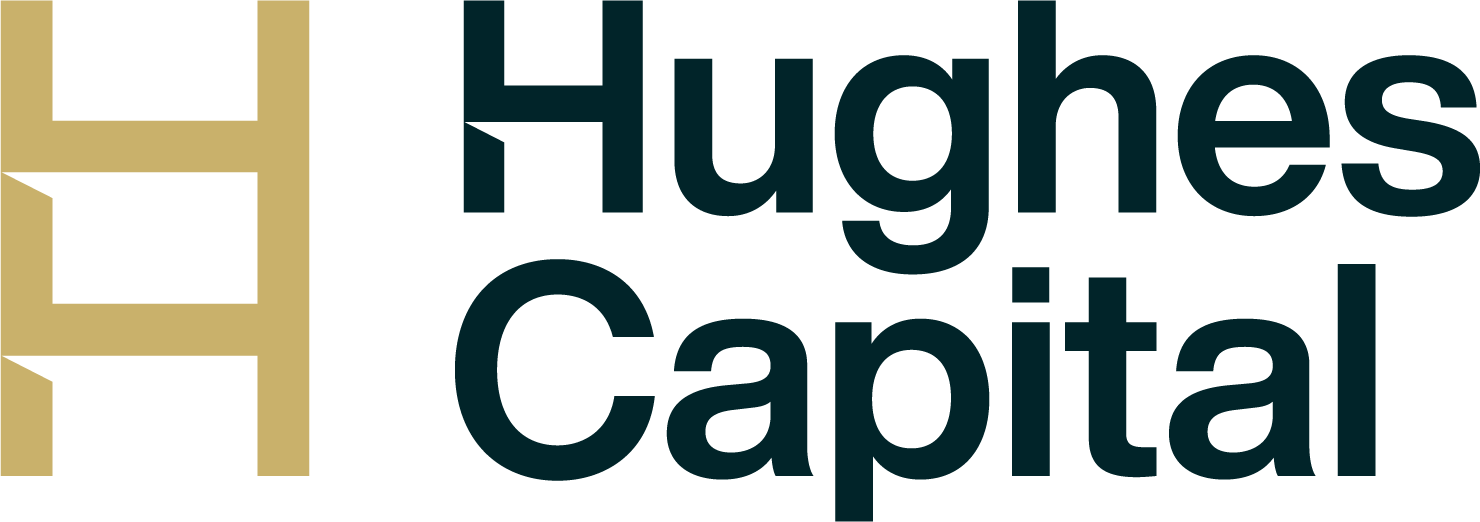As of today, financial empowerment is more achievable than ever with personalized solutions designed to meet your unique goals. Whether you’re a business owner, investor, or first-time home buyer, tailored financial strategies can unlock your potential. This guide explores how customized financial solutions can drive your success in today’s dynamic market.
1. Personalized Business Financing
For entrepreneurs, securing the right funding is key to growth. In 2025, tailored commercial loans and lines of credit are available to support expansion, equipment purchases, or cash flow management. Work with experts to design a plan that aligns with your business vision and market demands.
2. Customized Property Investment Strategies
Property investors can maximize returns with loans crafted for their portfolios. As of mid-2025, options like interest-only loans or equity-based financing allow you to scale investments efficiently. A personalized approach ensures your property strategy matches your long-term financial objectives.
3. Flexible Refinancing Options
Refinancing can save money or unlock equity, and tailored plans make it seamless. In June 2025, lenders offer customized terms to lower rates, adjust repayment schedules, or consolidate debt. A solution designed for your needs enhances financial flexibility and peace of mind.
4. Construction Finance Tailored to Projects
Construction projects require specific funding structures. Tailored construction loans, available in 2025, provide phased funding to match project milestones. This personalized approach minimizes delays and ensures your build stays on budget and on schedule.
5. Personal Finance Solutions for Individuals
Individuals seeking financial stability can benefit from customized plans. Whether it’s managing debt, saving for a home, or planning retirement, 2025 offers tailored personal loans and investment options. A plan built around your lifestyle empowers you to achieve your dreams.
6. Expert Guidance for Every Step
Personalized financial success begins with expert advice. In 2025, financial advisors use data-driven insights to create solutions that fit your income, goals, and risk tolerance. Their support ensures you navigate challenges and seize opportunities with confidence.
7. Leveraging Technology for Customization
Technology is revolutionizing financial planning in 2025. Online platforms and AI tools analyze your financial data to suggest tailored solutions, from mortgage pre-approvals to investment portfolios. This tech-driven approach saves time and enhances decision-making.
Conclusion
Empowering your success with tailored financial solutions is within reach as of June 04, 2025. From business financing to personal goals, customized strategies address every need, driving growth and stability. Partner with experts to design a plan that turns your vision into reality—start exploring your options today.
AI Disclaimer
This content was generated with the assistance of AI to provide helpful and accurate information. For personalized financial advice, consult a professional.







